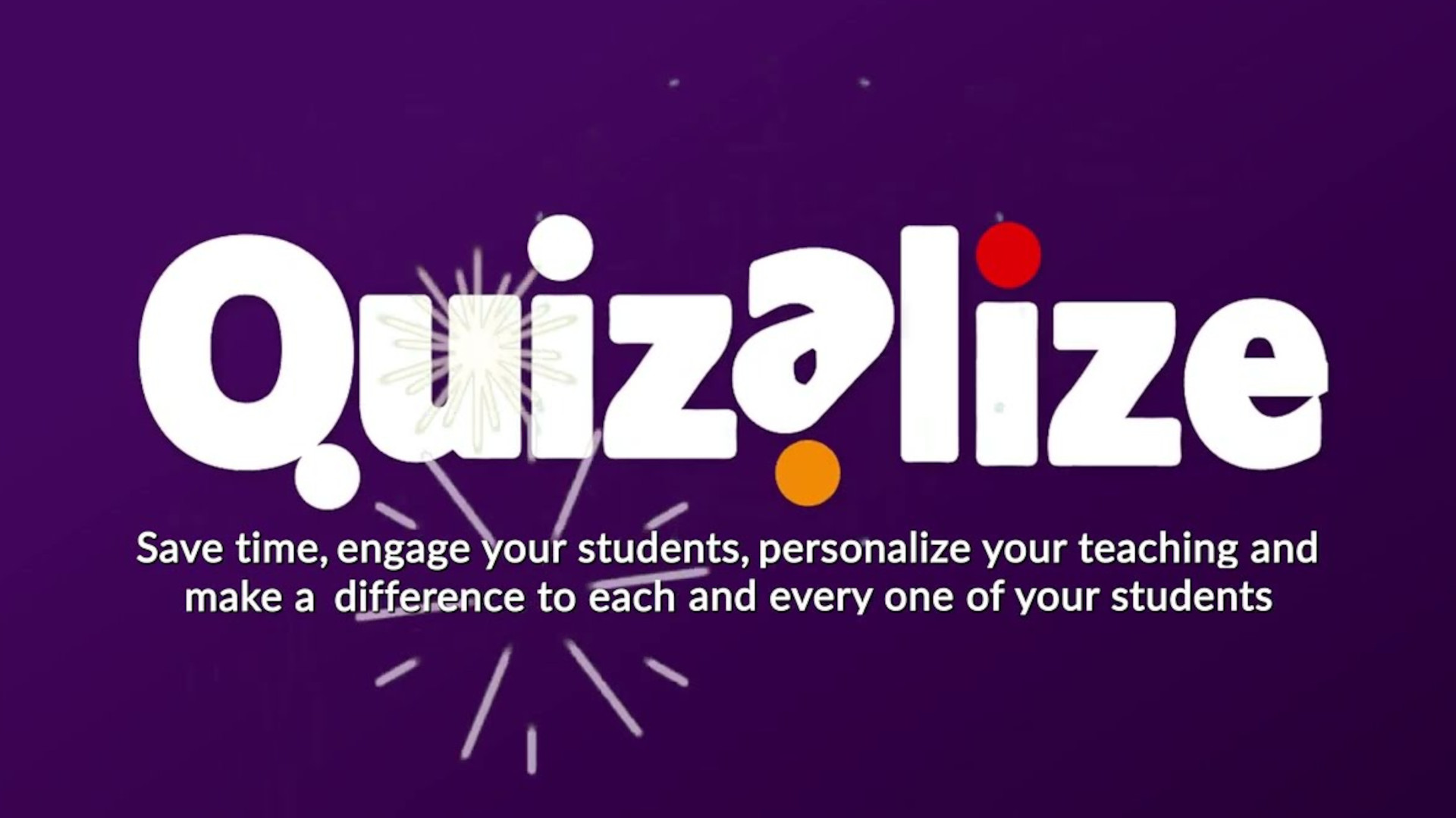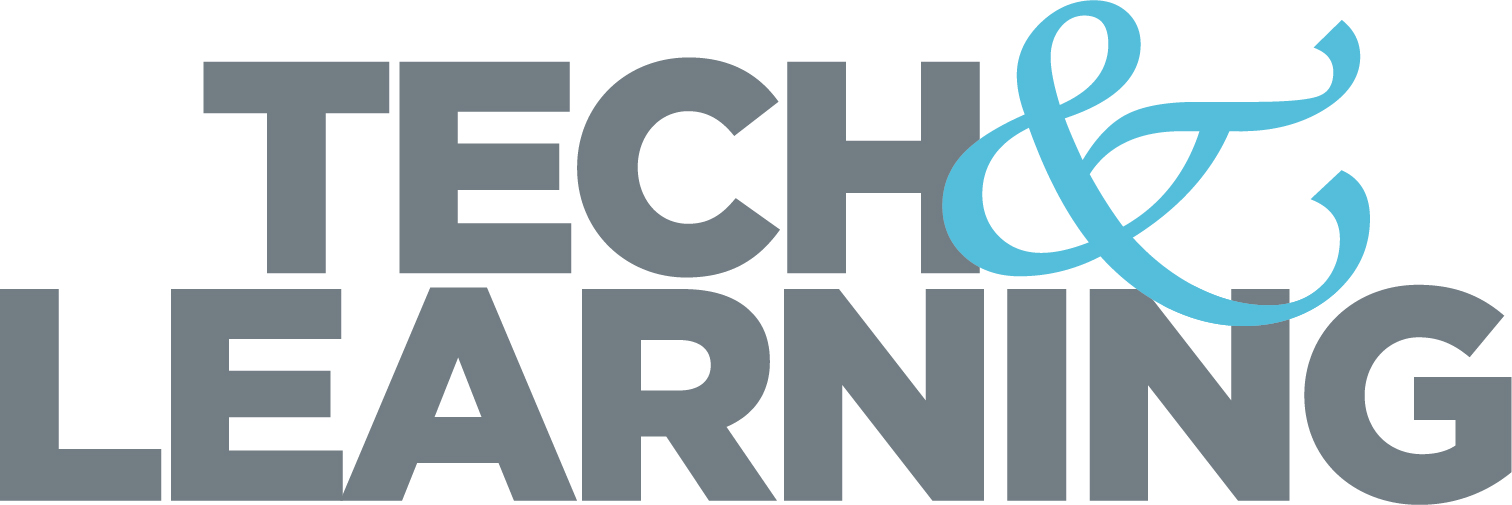The NEA Has Adopted A New Statement On AI in Education. Here’s What Educators Think
We spoke to educators about the NEA’s new policy statement on AI in education. They shared what they liked about it and a few areas that could be improved.

In early July, the National Education Association (NEA) Representative Assembly (RA) delegates approved the teacher union’s first policy statement on the use of AI in education. The statement compares equitable AI access to equitable internet access but warns against the technology’s dangers. The statement also details several guiding principles for effective AI use in education.
Educators interviewed for this story generally applauded the six-page policy statement as a positive development for AI in education. However, they also noted there are aspects of it that could be expanded.
“It provides high-level principles for policymakers and education leaders along with practical policy proposals to realize the benefits of AI while mitigating the risks,” says Pat Yongpradit, Chief Academic Officer of Code.org and Lead of TeachAI. “I was honored to see TeachAI's resources referenced in their recommendations.”
Alana Winnick, educator and author of The Generative Age: Artificial Intelligence and the Future of Education, was also impressed with the statement. "The reality is that AI is not going anywhere, so we need to teach students about AI in order for them to be successful in their future; this is a step in the right direction," Winnick says, noting that this policy statement's advice is aligned with the U.S. Department of Education's Artificial Intelligence and The Future of Teaching and Learning Insights and Recommendations.
Torrey Trust, professor of Learning Technology at the University of Massachusetts Amherst, is also pleased with the policy statement overall.
“I think the new NEA guidelines on AI in education are thoughtful and thorough,” she says. “It is clear they have involved many stakeholders in the development of this policy statement and considered both the potential benefits as well as pitfalls of AI in education.”
Evidence-Based
The policy statement focuses on five key principles for the use of AI in education. These guiding principles are:
Tech & Learning Newsletter
Tools and ideas to transform education. Sign up below.
- Students and educators must remain at the center of education
- Evidence-based AI technology must enhance the educational experience
- Ethical development/use of AI technology and strong data protection practices
- Equitable access to and use of AI tools is ensured
- Ongoing education with and about AI: AI literacy and agency
Trust likes the emphasis on research-based evidence. “The connection to research is something I have not seen from other AI policy statements,” she says. “What I think is the most helpful to educators is the emphasis on ‘teaching with and about AI.’ As the policy statement makes clear, AI has been influencing our lives for a long time and will continue to become even more influential, even when we do not realize it.”
Trust adds, “The statement details the need for educators and students to learn how to navigate an AI-driven world, but that does not just mean learning how to use AI, it also means learning how to critically examine the ethical issues, risks, and harms these tools present in order to make an informed decision about the use of AI.”
Limitations To The Policy Statement
Despite favorable reviews overall from those interviewed for this story, educators do see limitations to the statement.
Trust notes that it seems aimed more toward school leaders than classroom educators.
“The five principles encourage leaders/administrators to make sure AI does not replace humans in education, that research drives decision-making regarding which AI tools to use, that the digital divide is not exacerbated, and that teachers have ongoing professional learning opportunities to keep up with AI,” she says. “The way the text is written makes it seem like none of the principles are directly helpful for teachers working in classrooms -- who need guidance regarding when and how they should use AI in education.”
Also, while the focus on research, in general, is to be applauded, the pace at which AI is developing makes this a nuanced situation. “I think that teachers should be empowered to do action research," Trust says.
Winnick would have liked to see more student voice represented in the policy statement, especially when it stresses the importance of giving students a voice when AI policies are adopted. "They advocate for schools to include students in the conversation, but there is no mention of involving students in the creation of this," Winnick says.
But overall, those interviewed for this story agree that more attention being given to AI in education by a major union is a good thing.
Erik Ofgang is a Tech & Learning contributor. A journalist, author and educator, his work has appeared in The New York Times, the Washington Post, the Smithsonian, The Atlantic, and Associated Press. He currently teaches at Western Connecticut State University’s MFA program. While a staff writer at Connecticut Magazine he won a Society of Professional Journalism Award for his education reporting. He is interested in how humans learn and how technology can make that more effective.











